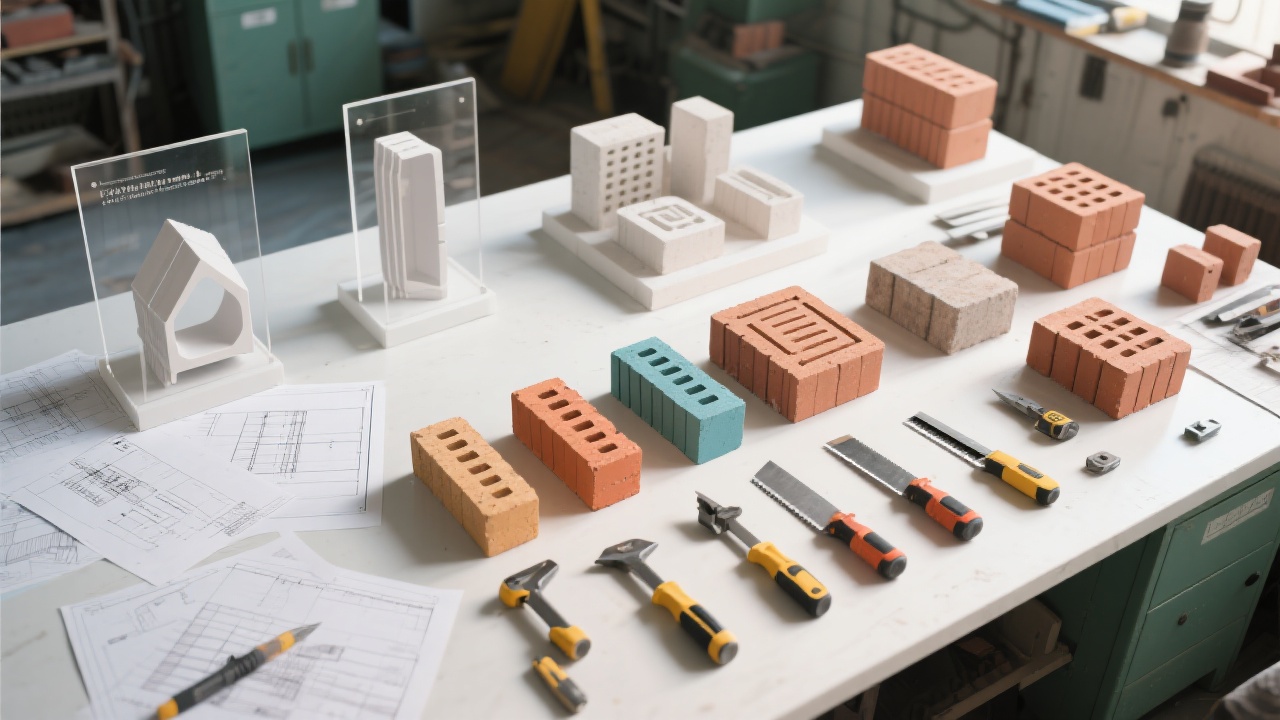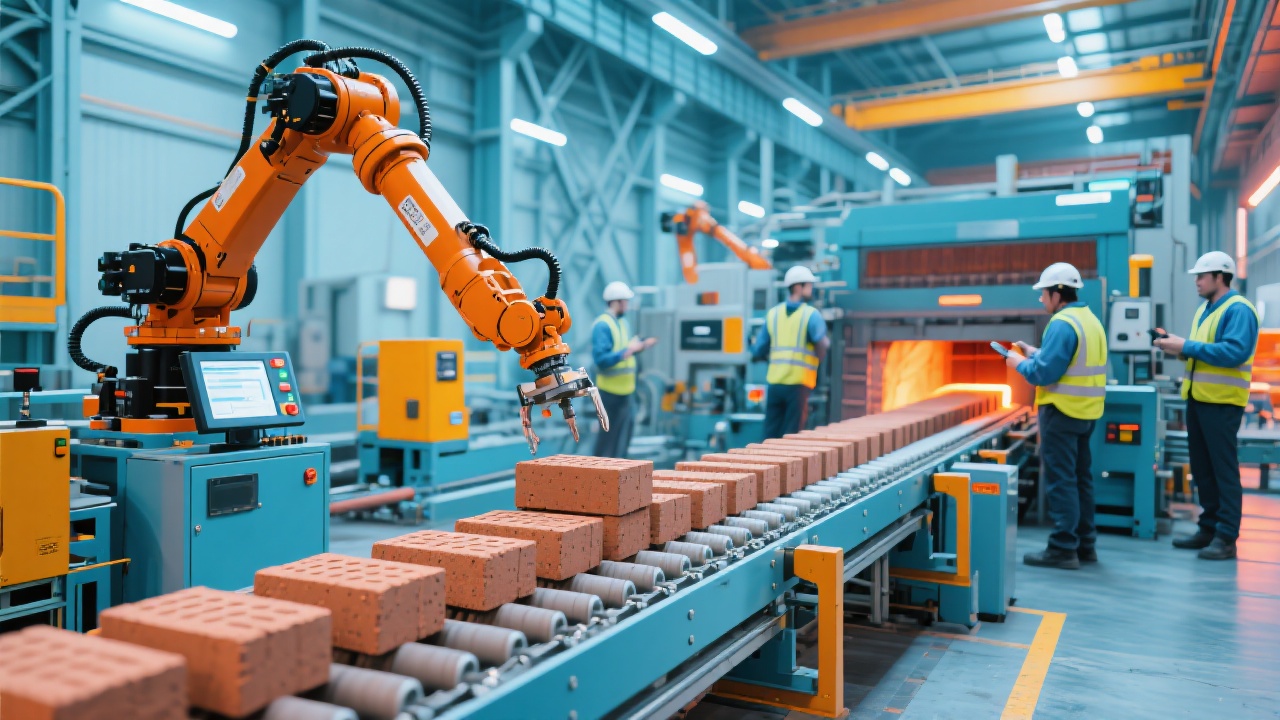
In the dynamic landscape of industrial materials, high thermal conductivity silica bricks have emerged as a revolutionary solution. These bricks are designed to address the long - standing challenges in the industrial sector, such as low energy efficiency and high production costs. This article delves into the structural innovations of high thermal conductivity silica bricks, their practical applications in industrial production, and the significant benefits they bring to businesses.
High thermal conductivity silica bricks have undergone remarkable structural improvements. One of the key aspects is the optimization of pore diameter and distribution. Compared with traditional silica bricks, the pore diameter of high thermal conductivity silica bricks is much smaller and more uniformly distributed.

Let's take a look at the data. Traditional silica bricks typically have an average pore diameter of about 50 - 100 microns, and the pore distribution is relatively uneven. In contrast, high thermal conductivity silica bricks have an average pore diameter of only 10 - 20 microns, and the standard deviation of pore size distribution is less than half of that of traditional silica bricks. This structural advantage significantly enhances the thermal conductivity of the bricks. According to laboratory tests, the thermal conductivity of high thermal conductivity silica bricks can reach 2.5 - 3.0 W/(m·K), while traditional silica bricks usually have a thermal conductivity of only 1.0 - 1.5 W/(m·K).
In industrial production, energy consumption is a major cost factor. High thermal conductivity silica bricks can play a crucial role in improving energy utilization. For example, in a glass manufacturing plant, the use of high thermal conductivity silica bricks in the furnace lining can reduce the heat loss during the melting process.

Before using high thermal conductivity silica bricks, the energy consumption for melting one ton of glass was about 1500 kWh. After replacing with high thermal conductivity silica bricks, the energy consumption dropped to about 1200 kWh, a reduction of 20%. This not only saves a large amount of energy costs but also reduces the environmental impact.
High thermal conductivity silica bricks can also improve production efficiency. In a steelmaking enterprise, the use of high thermal conductivity silica bricks in the ladle can accelerate the heating and melting process of steel. The time required for steelmaking in a single furnace was reduced from 120 minutes to 90 minutes, an increase in production efficiency of about 25%. This means that the enterprise can produce more products in the same period, thereby increasing market supply and competitiveness.
Let's take the example of Company X, a medium - sized ceramic manufacturing company. Before using high thermal conductivity silica bricks, the company faced high energy costs and low production efficiency. The energy cost accounted for about 30% of the total production cost, and the production capacity was limited due to slow heating and cooling processes.
After adopting high thermal conductivity silica bricks in its kilns, the company saw significant improvements. The energy cost was reduced to about 20% of the total production cost, and the production capacity increased by 30%. At the same time, the quality of the ceramic products also improved, with fewer defects and better surface finish. This enabled Company X to gain a larger market share and increase its profitability.
High thermal conductivity silica bricks offer a comprehensive solution for industrial enterprises to improve energy utilization, enhance production efficiency, reduce costs, and improve product quality. By leveraging the structural advantages of these bricks, enterprises can achieve sustainable development and gain a competitive edge in the market.
Are you interested in learning more about how high thermal conductivity silica bricks can transform your business? Do you have any questions or need further information? Leave a comment below or click here to explore more possibilities and take the first step towards optimizing your production performance!

